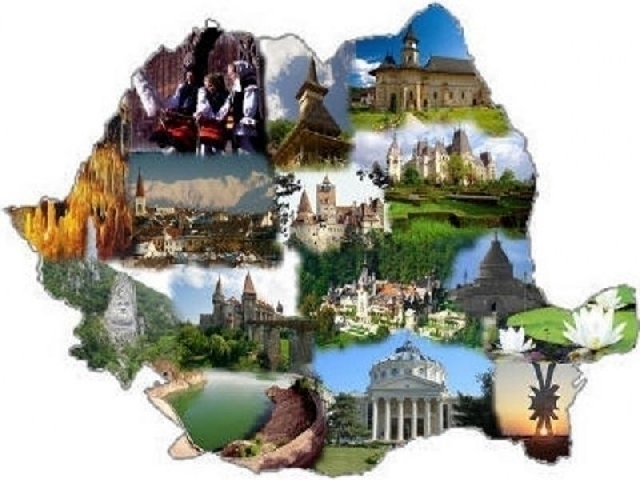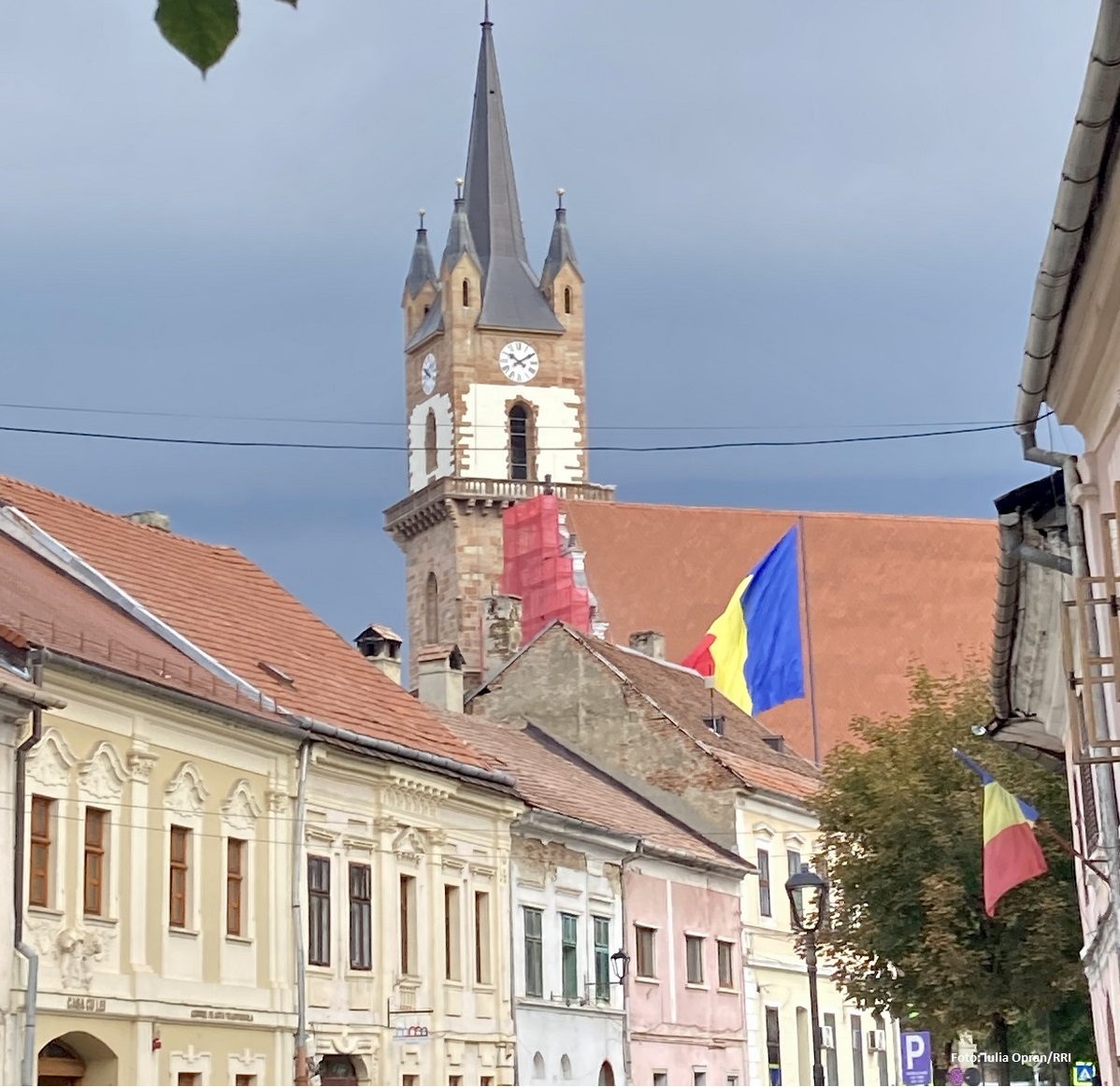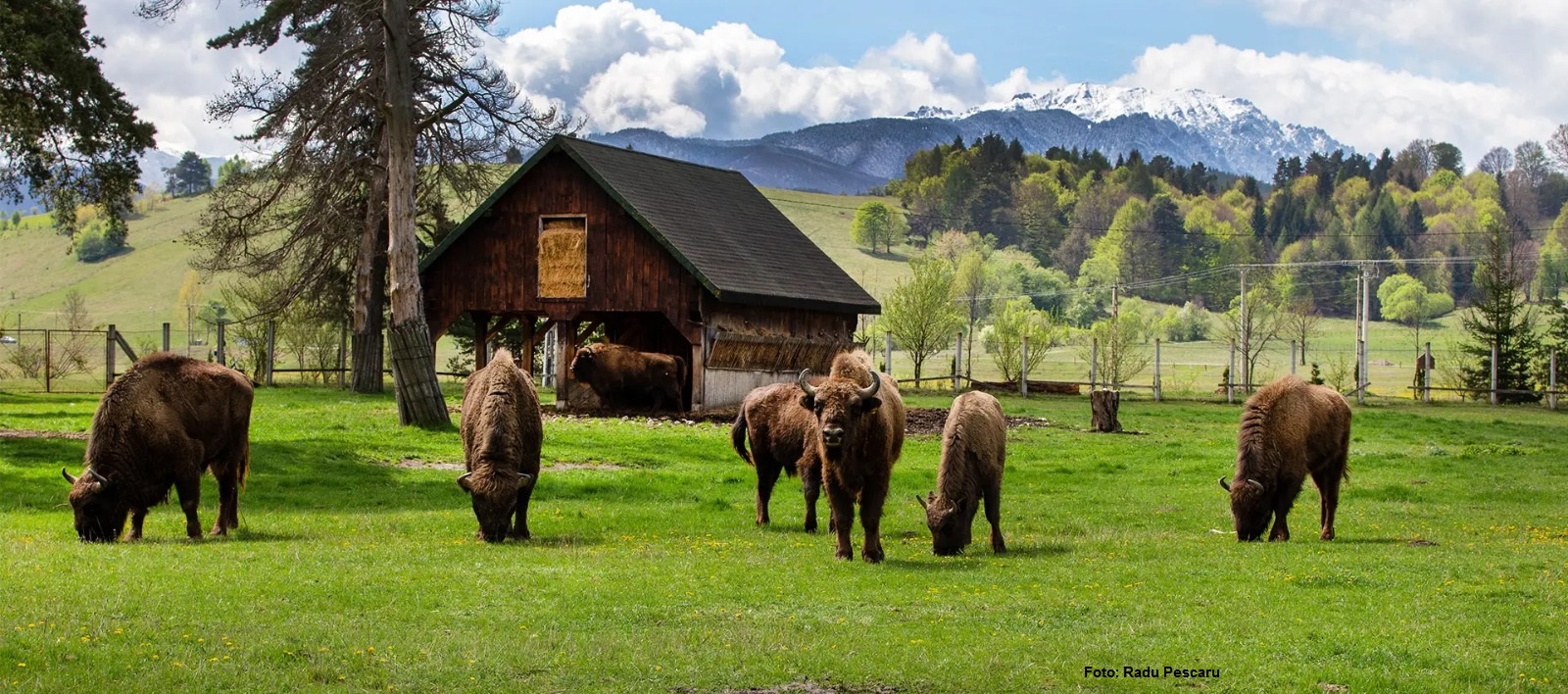A retrospective look at the best travel destinations of the year 2017
Click here for a look back at the best travel destinations of the past year in Romania

Daniel Onea, 04.01.2018, 12:47
At the start of the year 2017 we extended to you the invitation to visit the Oas County, one of the most attractive travel destinations in Romania. We discovered together, back then, what makes that region in northern Romania so much appreciated: folk costumes, music and dance. The county capital and the largest city in Oas County is Negresti Oas — one of the most picturesque areas in Transylvania, which leaves a strong impression on visitors with its tradition, culture and landscapes. Tourists to the area always make a stopover at the Oas County Museum, set up in 1966, boasting over 200 year old houses, farming installations and traditional workshops that are still functional.
In another edition of Traveller’s Guide last year, we made a stopover in Brasov, central Romania, and then we headed for Gorj County in the southwest.
Apart from adventure tourism in the mountains, monasteries, historical monuments and real architectural gems are elements that make Gorj county an attractive tourist destination. Many tourists choose to start their travel to the area in the city of Târgu Jiu, where they can admire the works of Constantin Brâncuşi, the Romanian sculptor who revolutionised modern art in the first half of the 20th Century. In 2017, we also presented to you protected areas in Romania. We mentioned, back then, one of the most valuable eco-systems in Europe, which stretches no less than 1.6 million hectares: scientific reserves, natural reserves, national parks, monuments of nature, to which we add the Danube Delta Biosphere Reserve. We came to the conclusion that Romania might be one of the richest European countries in terms of biodiversity.
In Romania, there are still approximately one thousand country residences of the local elites, dating back to the 16th to the first half of the 20th Century. Some of them have been restored, others have fallen into decay and others make the objects of litigation between heirs. There are castles in towns, too, some of them hosting museums or various events. In 2017, we took a tour of the most representative such buildings. We also recommended to lovers of citadels, strongholds and castles to visit Hunedoara. The Hunyadi Castle is the best-preserved monument of gothic, civil and military architecture in Central and South-Eastern Europe. We didn’t forget about the monasteries, cave settlements and historical objectives in Buzau County, Eastern Romania. We recommended to our listeners in 2017 to make a visit to the Amber Museum based in Colti, where they could see no less than 300 beautiful amber stones, whose colour varies from translucent yellow to opaque black.
Moreover, the museum possesses the world’s second largest piece of amber, weighing a little less than 2 kg. The largest such piece, weighing 3.4 kg, is exhibited at the County Museum in Buzau. Spring also brought the first early discounts on summer packages. Bucharest held the 37th edition of the Romanian Travel Fair.
Buzias is the only national interest resort in western Romania. Its facilities provide treatment for heart diseases using natural factors. Situated between the Cernei Mountains and the Mehedinti Mountains, the resort of Baile Herculane dates back 2,000 years ago. Visitors can receive here treatment for acute and chronic diseases and disorders of the digestive system. We also travelled to many rural areas, given that rural tourism has developed considerably in Romania in the last ten years. Many guesthouses have been built across the country imitating traditional architecture, and the local crafts and customs are being promoted at more and more festivals and events. Our summer programmes looked at Romania’s around 245 km of coastline, from Sulina to Vama Veche, near the border with Bulgaria, including the country’s nine resorts of national interest from a tourist point of view.
In 2017, we also spoke about traditional and alternative tourism in Transylvania and the special packages for food lovers. We included in our programmes recipes dating back to the pre-industrial era, before World War One. Also, given that Romania is one of the world’s biggest wine makers, ranking 13th in the world in this respect and 6th in the European Union, we also presented the Romanian wine making industry and the tourist industry related to it. In autumn, we looked at the offers of a new travel fair held in Bucharest. Also, our station ran a competition entitled Maramures — Culture and Traditions at the Heart of Europe, about one of the most beautiful and popular counties in Romania, located in the north of the country. We ended with a trip to Curtea de Arges, the burial place of Romania’s kings, and with an overview of New Year’s packages.






























